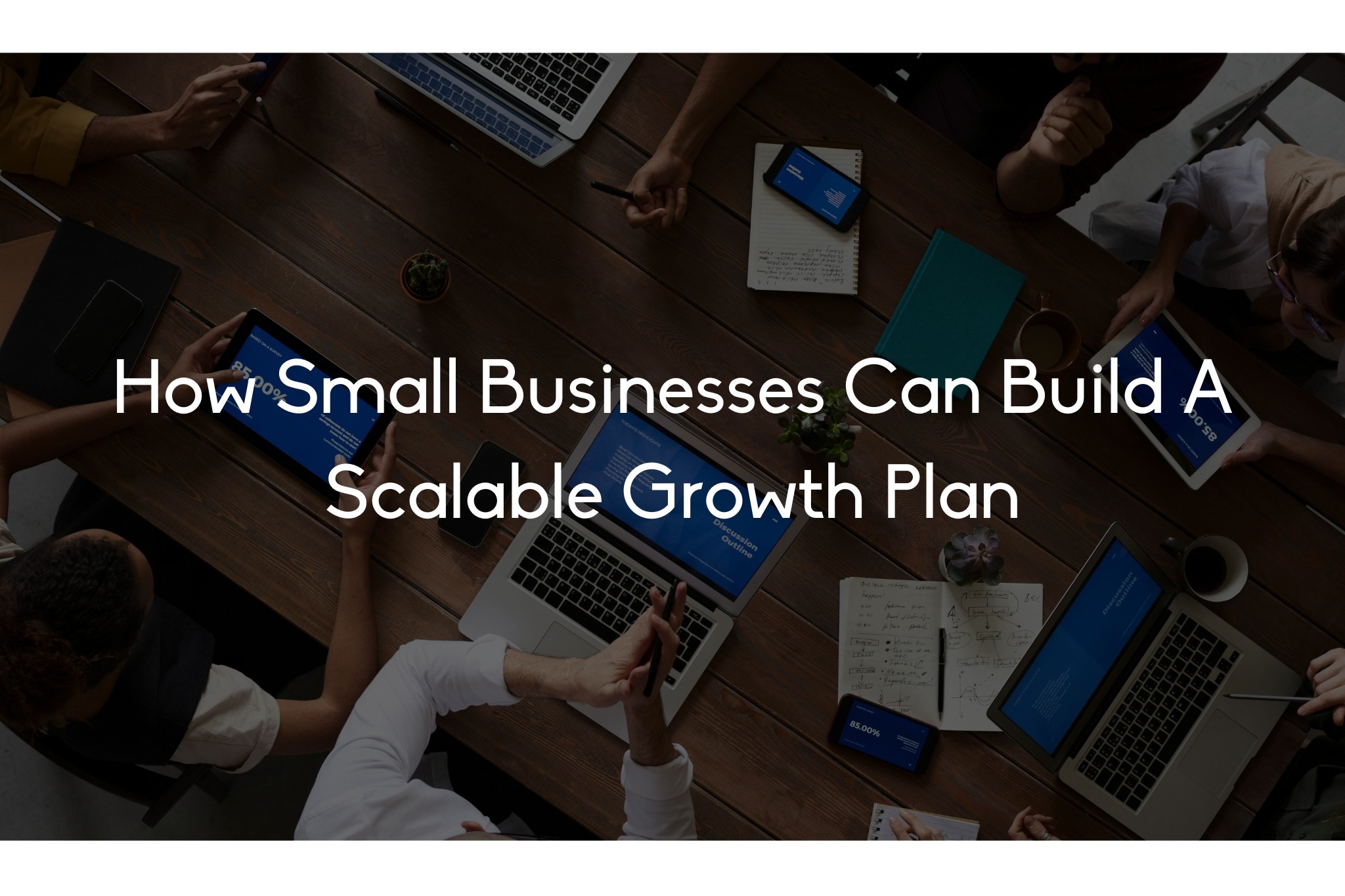

Let’s be real: growth feels good—until it starts to break things. You land new clients, your calendar’s full, your team’s hustling—and suddenly, the cracks show. Communication slips. Deliverables lag. Systems groan under pressure. For small businesses, the journey from stable to scalable is where many get stuck.
But it doesn’t have to be that way. At Katuva, we work with small business owners every day who are in that growth phase—those juggling customer demands, team management, and the next big idea. What separates those who scale smoothly from those who stall? A clear, intentional growth plan designed to evolve with your business.
In this article, we’ll walk you through the real steps small businesses need to take to build a scalable growth plan. These aren’t buzzwords or theories—we’re talking field-tested strategies that help you grow without burning out or breaking your systems.
If you’re a business owner who’s ready to stop winging it and start scaling with confidence, keep reading. We’ll cover how to align your offers, team, systems, and marketing for smart, sustainable growth—so you can work less in the chaos and more on the vision.
Scaling starts with your offer. If what you sell isn’t easily repeatable, training someone else to deliver it consistently will be a nightmare.
How to do it:
When your offer is clean and systematized, you’ve laid the foundation for growth without chaos.
Most small business owners hit a ceiling because all sales go through them. Scaling means replacing founder-led sales with a reliable system.
What that looks like:
You don’t need a huge sales team—you need a documented, replicable process that someone else can run.
Trying to do “all the marketing” is a fast path to burnout. Instead, pick one marketing channel that fits your audience and double down on it.
Some proven paths:
Pick one strategy, make it work, and only then expand to others. Less scatter, more scale.
 Build Operational Systems Before You Need Them
Build Operational Systems Before You Need ThemGrowth stress-tests your operations. The businesses that survive are the ones that planned for scale before the client floodgates opened.
Key areas to systematize:
Systems aren’t the goal—they’re the vehicle that lets your growth stay smooth and predictable.
Most small businesses hire to solve immediate pain—“I need help now.” But hiring for scale means thinking ahead.
Here’s the shift:
Scaling is a team sport. Invest in the right people—and systems to support them—and you’ll stop being the bottleneck.
You can’t grow what you don’t measure. But not all metrics matter equally.
Focus on these:
At Katuva, we also track internal metrics like VA capacity, training hours, and client success scores to keep a pulse on both front-end growth and back-end delivery.
Getting new clients is expensive. Keeping them longer is profitable.
How to retain and grow client value:
The longer clients stay, the easier growth becomes.
Finally, don’t wait for the chaos to scale. If you’re serving 5 clients well now, ask yourself: could you serve 25 with your current systems, team, and processes?
What to prepare:
The time to prepare isn’t when you’re overwhelmed—it’s when you’re ready to grow intentionally.
Scaling a small business isn’t just about doing more—it’s about doing the right things, in the right order, with the right support. Whether you’re at 5 clients or 50, a scalable growth plan gives you the confidence to move forward without feeling like you’re flying blind.
At Katuva, this is what we help clients do every day: delegate with confidence, scale without stress, and build businesses that grow beyond the founder.
Need help building your growth plan—or finding the right virtual assistant to make it happen? Let’s talk.


